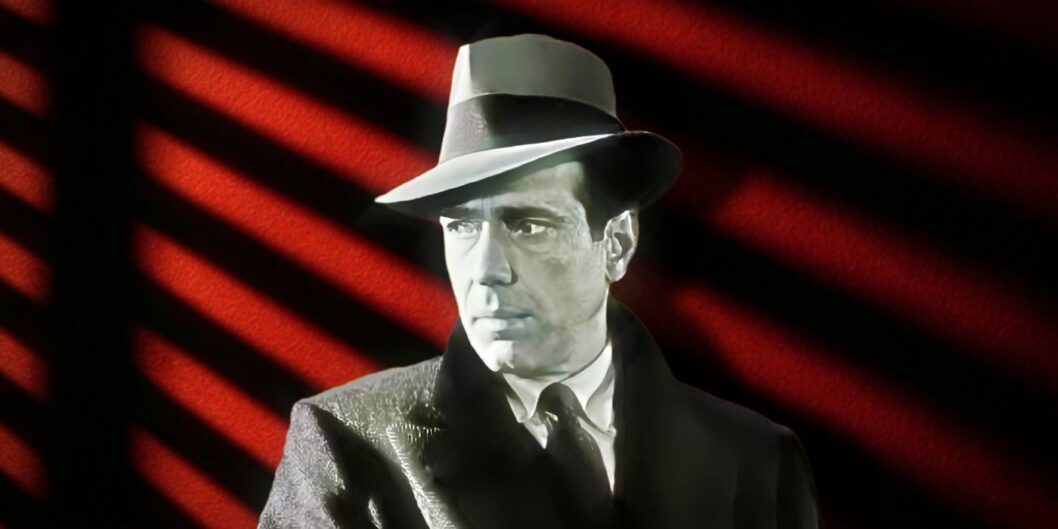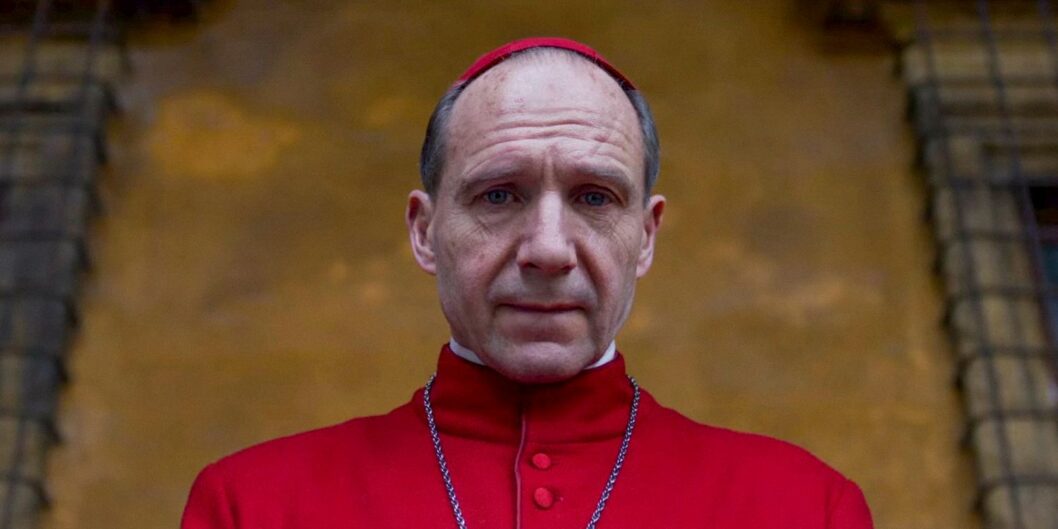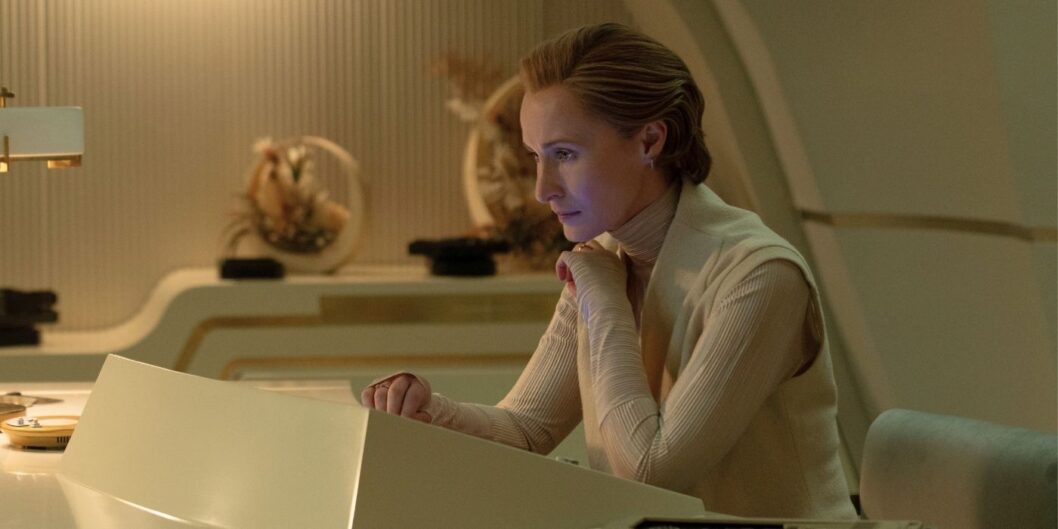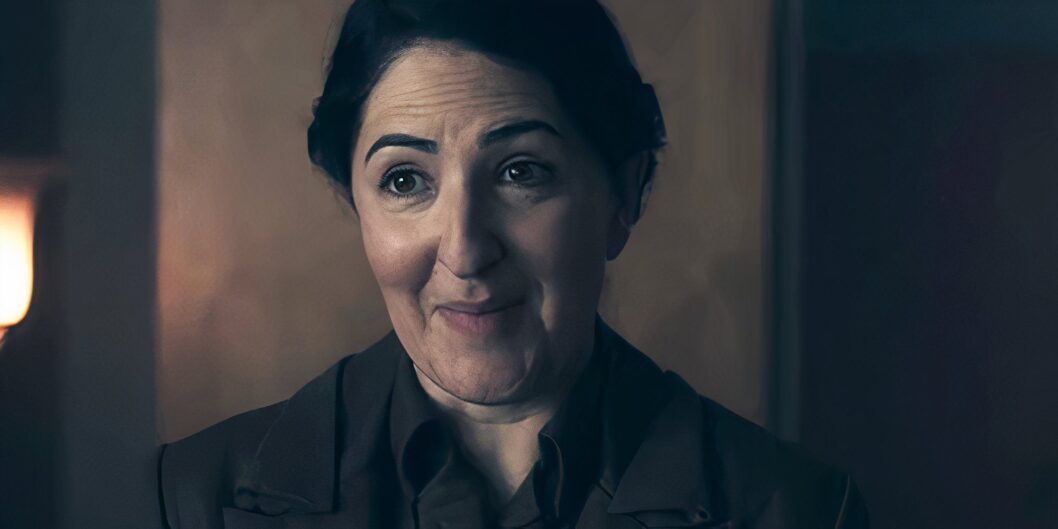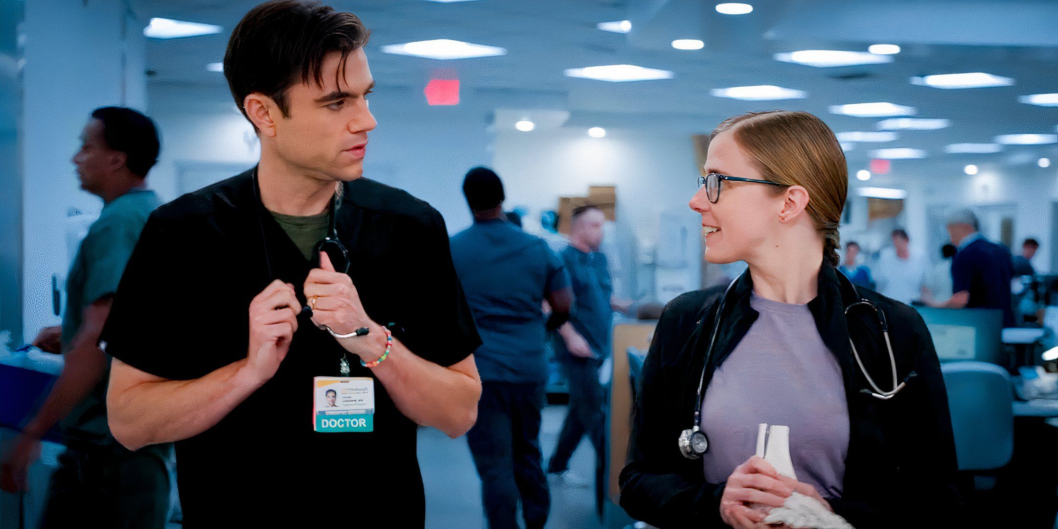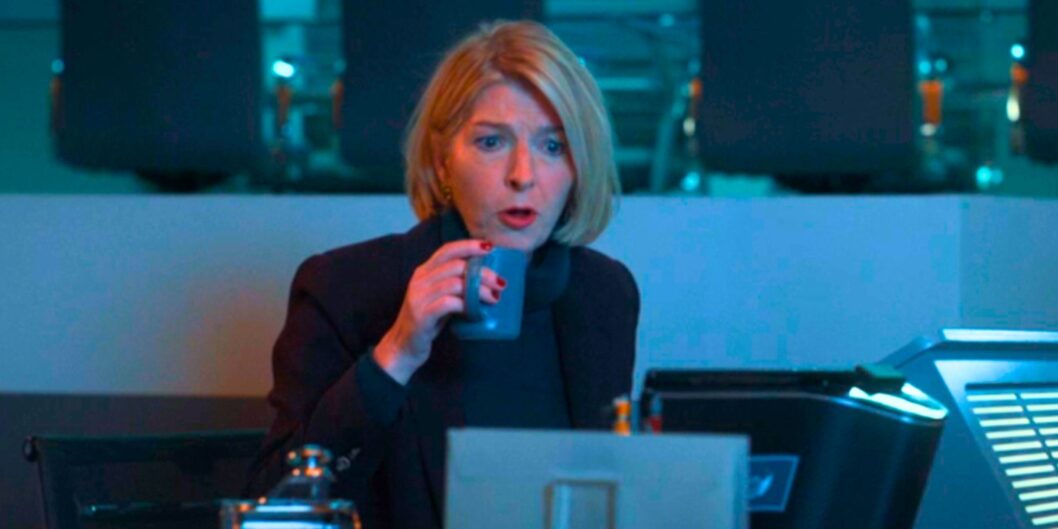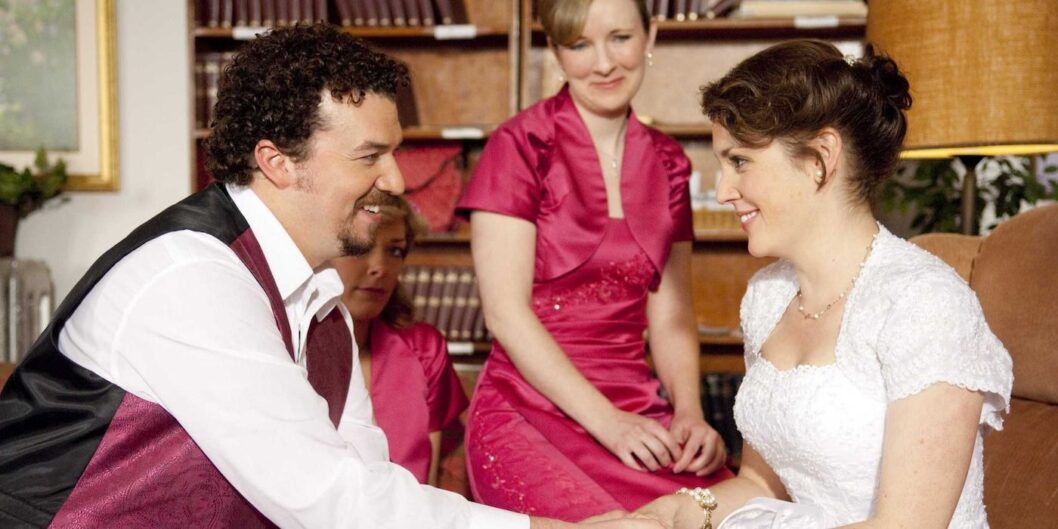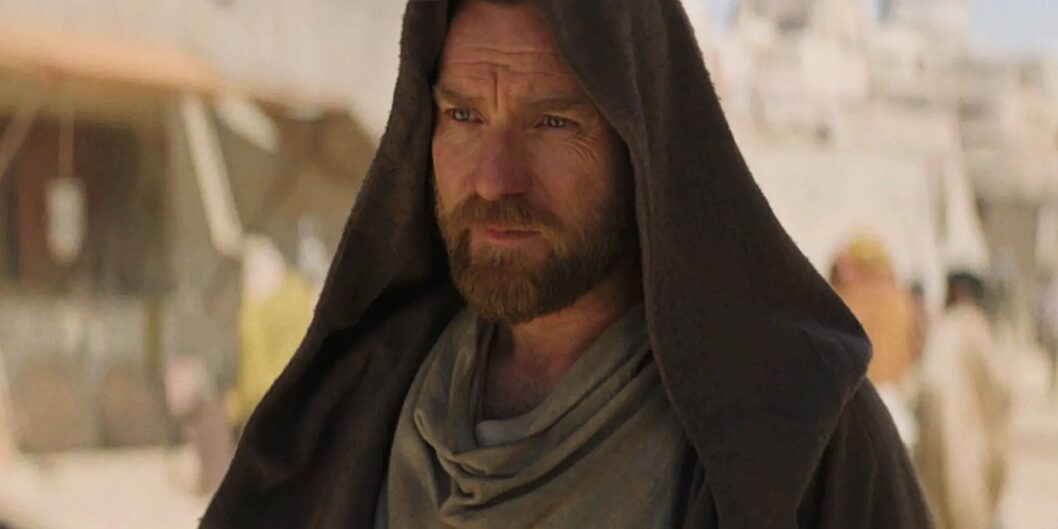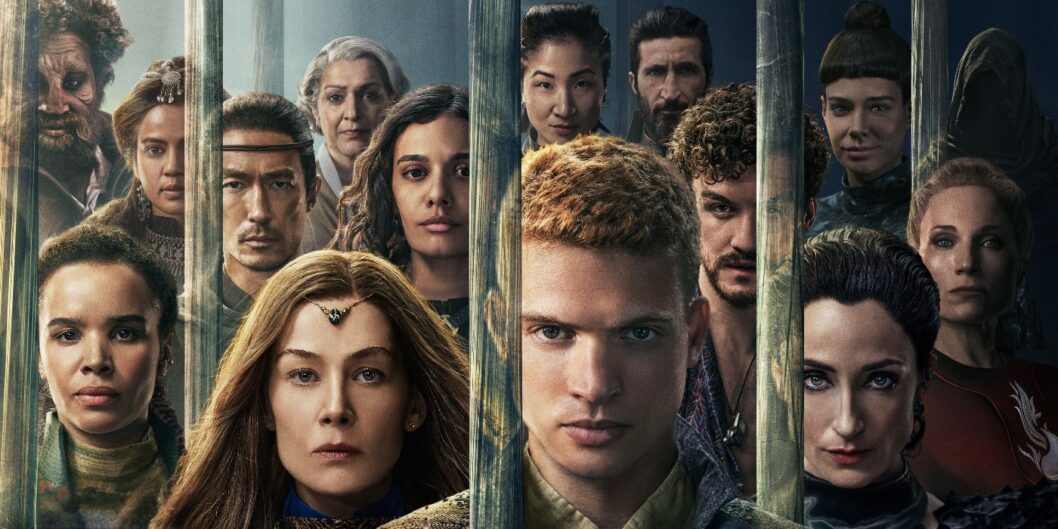The Enduring Legacy of The Maltese Falcon
The Maltese Falcon, directed by John Huston, is recognized as a cornerstone of film noir and continues to hold significant cultural relevance since its release in 1941. Based on Dashiell Hammett’s novel, the film stars Humphrey Bogart as the tenacious private detective Sam Spade, embroiled in a web of intrigue centered around a coveted jewel-encrusted statue. The film’s intricate narrative and exceptional performances have solidified its status as a quintessential detective noir.
A Classic Detective Story
Originally released in 1931, Huston’s adaptation of The Maltese Falcon is celebrated for its meticulous storytelling and its exploration of the seedy underbelly of society. Sam Spade is hired by Mary Astor’s character, Brigid O’Shaughnessy, to locate her missing sister. However, Spade quickly becomes embroiled in a dangerous hunt involving an array of treacherous characters, all vying for the elusive Maltese Falcon.
As noted, The Maltese Falcon is often hailed as not just a top-tier film noir but the best detective film noir due to its blend of suspense, character depth, and memorable dialogue.
Hammett’s Literary Influence
The screenplay by Hammett laid the framework for modern detective fiction. Often regarded as Hammett’s finest work, the novel introduces characters that have become archetypes within the genre. Spade is the quintessential hard-boiled detective, embodying the gritty realism characteristic of Hammett’s narratives.
The Maltese Falcon serves as a vital reference point for discussions about the evolution of detective stories, capturing audiences with its unexpected twists and psychologically complex characters.
Cinematic Mastery by John Huston
Huston’s directorial debut was marked by innovative techniques in cinematography, led by Arthur Edeson. Known for his prior work on horror films, Edeson’s use of low lighting and unconventional angles added an atmospheric depth that enhanced the film’s tension. His decision to focus on characters’ emotional states rather than just the environment marked a significant departure from traditional noir cinematography.
One standout moment occurs when Spade’s viewpoint blurs while under the influence of a drug, merging his perception with the story’s disorienting narrative.
Memorable Performances
Mary Astor as the Femme Fatale
Astor’s portrayal of Brigid O’Shaughnessy breaks away from the typical femme fatale archetype. She cleverly conceals her manipulative nature beneath a façade of innocence and sophistication, adding layers to her character that challenge audience expectations.
Peter Lorre and Sydney Greenstreet
Further enriching the film are performances by Peter Lorre and Sydney Greenstreet. Lorre’s character, Joel Cairo, introduces a blend of sophistication and ineptitude, making him both repellent and somewhat endearing. Greenstreet, in his debut role as Kasper Gutman, is equally compelling as a polished villain, concealing his malevolence behind a veneer of charm that captivates the audience.
Humphrey Bogart as Sam Spade
Bogart’s portrayal of Sam Spade is perhaps the most iconic aspect of the film. His performance set a standard for future private eyes in film noir. Spade’s observant and restrained demeanor is punctuated by grit and magnetism, qualities that propelled Bogart’s career to new heights.
The Iconic Final Line
The film concludes with an unforgettable line delivered by Spade: "the stuff that dreams are made of." This phrase has since become one of the most quoted lines in cinematic history, revered for its eloquence and depth. It encapsulates the film’s exploration of ambition, greed, and the futility of chasing unattainable dreams.
Conclusion: A Timeless Influence
The Maltese Falcon has not only shaped the detective genre but also served as a template for future filmmakers and writers within film noir. The film’s combination of sophisticated storytelling, character complexity, and innovative cinematography solidifies its significance in cinematic history. As contemporary audiences continue to revisit this classic, its influence remains a poignant reminder of storytelling’s power in film.



